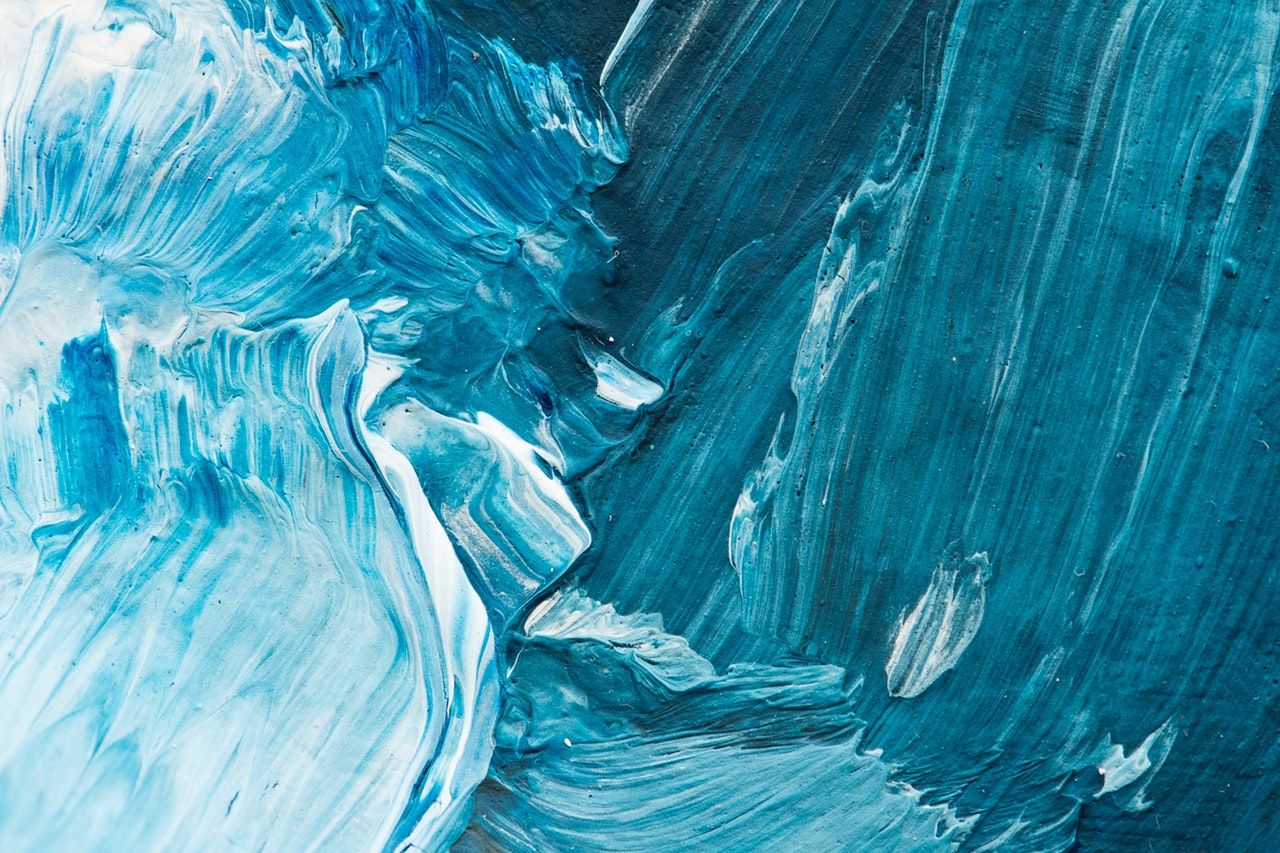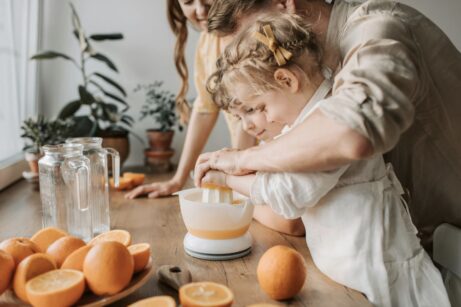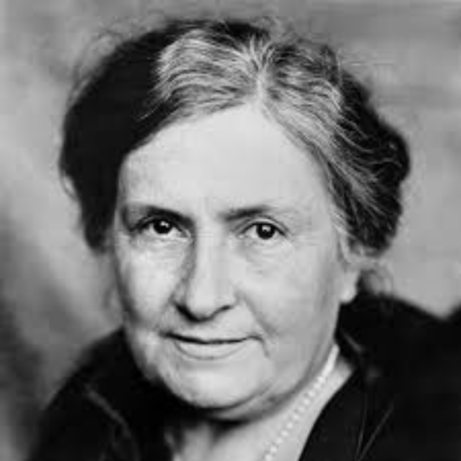Beyond Markers and Crayons

After discussing children’s art and its importance at length, as well as the character of graphomotor development , it’s time to offer some concrete and hand-on tips for art activities and exercises.
The internet is full of “art inspiration” for parents and teachers of young children. There are some amazingly creative and brilliant ideas, guides and tutorials – but also quite a number of terribly misguided ones. So rather than assembling a list of specific projects, this article aims to provide examples along with guidelines and explanations on how to select or create art activities, what to remember, and what to skip.
If you haven’t already, please begin by reading about the Montessori approach and attitudes to development of children’s art here .
Before we Begin
The first and most important thing to keep in mind is – of course – why are we doing this? How do art activities and opportunities serve the child? What makes an activity worthwhile?
The benefits of children’s art include refined motor skills, visual processing and attention span, but also increased confidence, self-regulation and self-expression, problem solving, mental flexibility and, of course, creativity: the act of transformation of what is, into something new. Like any other skill or ability, the child develops these characteristics through exercise, repetition and application. That means that the art activity in question must allow for their practice.
What does this mean? That the activities and exercises we offer must allow the child (even the youngest toddler!) to make their own choices and to have space for creativity and self-expression. All too often, so-called art activities are simply a list of “correct” steps to take with no space for individual variation, or a collection of premade materials to be manipulated and assembled in a predetermined way. Such projects might be worthwhile in their own way (for example, cutting out exact triangles for party bunting still practices scissor skills, trains the hand and eye, and may be rightly considered a Practical Life exercise), but they cannot take the place of children’s art.
In art, process must take precedence over the product. The child’s own ideas, experiments and inspirations are so much more valuable than picture-perfect results. There is no right or wrong in art, except of course for the most basic boundaries we must set before we begin – such as “we draw on paper, not on the walls” or “we may cut paper and fabric with these scissors, but not wire”. At times, there will not even be any product: a child may sculpt a complex shape before smashing it with gusto, or paint with water only to watch, fascinated, as it dries again on a hot pavement. Our smart devices may offer a solace in this one as we can always snap a quick picture rather than demanding the child makes us a more lasting product.
The art educator, Sydney Gurewitz Clemens, wrote: “Art has the role in education of helping children become more like themselves instead of more like everyone else.” For this to happen, the child must have the opportunity to create art that is more their own than anyone else’s.
How do we foster this attitude? Rather than introducing individual projects, introduce individual tools and materials. The Montessori ideal is an art shelf holding a manageable amount of tools and opportunities (a handful for a toddler, a selection of about ten for the preschooler, an entire cupboard’s full for the Elementary child) that are freely available whenever the child is interested in them. Several key activities are always out, available and visible to the child: drawing, painting, gluing. Additional resources and activities are rotated or stored away but available should the child want them, such as collage materials, a basket of fabric scraps, different types of paints, and so on.
Scribbling and Drawing
The particular materials to use are covered at length in the previous installment. Some tips and ideas we would like to add to what has been written there:
- Offer various surfaces for drawing! Horizontal and tilted surfaces (chalkboards, boxes, art walls (simply construction paper taped up to a wall) are a fantastic addition to drawing that challenges the child’s motor skills and, quite literally, their perspective on art.
- Get off the paper and onto the ground: not just with sidewalk chalk, but also with pebbles, rocks and sticks – explore the various marks that they make on pavement, in sand or soil.
- A note on colouring. Colouring books and prints should be considered an exercise for the hand – increasing the child’s control and precision with the pencil; they also do promote concentration. A small amount of colouring pages can be a nice addition to the child’s activity repertoire. However, our culture’s preoccupation with them as a children’s activity is completely out of proportion to their worth. As outlined above, a pre-set image to colour (often even with a “guide” that even selects the colours for the child!) inhibits a child’s creativity rather than supports it, can hardly be considered an art opportunity and colouring pages should never take the place of blank paper.
Painting
The challenging thing about painting with young children: it gets messy. One of the greatest things about painting, for children: it gets messy!
Painting introduces a whole new world of sensory impressions, allows us to explore colour and space in a whole new way, lets us interact with colour and art on a deeply satisfying way. Some children (and adults) tend to prefer drawing for its relative lower levels of mess and unpredictability, but giving ourselves over to the material and activity can be a deeply satisfying, developmental, and even therapeutic experience.
Start with finger-paints and poster board paints and watercolours, and then go on experimenting with media, pigments and bases: coffee, tea or fruit juices for watercolours; sticks, feathers or string for brushes and applicators; foam, ultra-absorbent tissues or filter paper for surface. Messy, sensory painting can be done in the bathtub, on a tile floor, outside, or on plastic sheeting. Try dripping paint into trays of shaving foam, smearing paint on glass or on mirrors, or painting with water on a hot pavement in the summer. Just remember to set clear ground rules before you begin, and involve your child in every part of the activity, including set-up and clean-up.
Stamps, Shapes and Textures
Stamps are a special subset of painting: using a specialized objects to transfer the paint to a paper (or another surface). You can get special rubber stamps, make them with an older child (etching a piece of lino, carving a potato piece or even modeling a piece of clay); you can also explore imprints of various household objects, like forks, keys, bottoms of glasses and so on.
Shapes and textures: tracing cardboard shapes, insets, or even household objects like plates or utensils offers a new challenge to the hand but also new possibilities to the child. Another fascinating area to explore is rubbing: placing a paper over an objects and transferring its texture to the paper. You can offer a few examples – a coin, coarse canvas, a woven mat – and then encourage your child to find more.

Explore the fundamentals of Montessori parenting with this free video by Sylvia Arotin, offering insights and strategies to empower and educate your child.
Sculpting, Shaping
During the toddler years, a sensitive period emerges for manipulating shapeless materials, like water, clay, mud, slime and others. The child is intensely preoccupied in pouring, squishing, pulling apart, shaping, building and collapsing: this moment is the ideal time to introduce and provide modeling materials.
Playdough is, of course, commercially available, as are various types of special sands and slime. In Montessori classroom we especially like using natural river clay for its flexibility and beauty. Making different kinds of homemade playdough – usually based on flour or glue – is a fantastic exercise combining elements of Practical Life, economical materials and adjustable characteristics like firmness, colour and smell.
The basic activities include rolling out the clay, forming it into a ball, stick, a pinch pot; dividing it into two pieces and then connecting them again. From there on, sky is the limit to the child’s own activity and imagination.
We highly suggest combining clay and its basic tools (rolling pin, shapers, cookie cutters) with other materials to enhance the child’s experience: for example, making clay “monsters” with facial features, limbs or “fur” of natural materials like pebbles, sticks and pinecones. The child only needs a suggestion of what’s available or appropriate to take their own fancy and imagination to new levels.
Manipulating and Assembling
We introduce scissors and gluing around two years old. Toddler children are especially interested in making collages: all they need is a little guidance on how to use a glue bottle or glue sticks and selection of objects and items to glue on the base. It is fascinating to see their individuality play out in the way they select, place and arrange the various pieces, without any help or intervention from an adult.
From there on, all we need to do is make resources available and perhaps suggest a few ways to combine them before the child’s own imagination and creativity takes over. Found, recycled and household objects are especially suitable as they promote experimenting and risk taking: toilet paper or paper towel rolls, cardboard boxes, plain wrapping paper and some masking tape can be transformed into mysterious machines, fairytale castles or the fastest jet planes. A selection of items that can be in a preschool child’s resources:
- Plain paper
- String and twine, cheap tape (painter’s masking tape works very well here)
- Packages and wrapping: cardboard boxes, yoghurt cups, water bottles, egg cartons
- Cotton buds and cotton balls
- Popsicle sticks or wooden doweling
- Soft wire, pipe cleaners (chenille sticks)
- Felt and fabric scraps
- Recycled paper (newspaper, magazines, wallpaper samples, paint swatches)
Natural objects
Special mention should always be made for natural objects. Pinecones, rocks and pebbles, pieces of bark, pressed leaves, grass and flowers, seeds and nuts (acorns, horse chestnuts, winged seeds) and kitchen scraps (onion peels, walnut shells or sunflower skins): all of these objects cost us nothing, are unique and gorgeous, and promote both creativity as well as a positive relationship to our environment. Utilize them as much as possible!
Art-Related Activities
Although not strictly art, we can also suggest and make available many related exercises and items. These include exploration of colour (arranging swatches by shade, discovering colour mixing with transparent colour papers or coloured glass), various mosaic-type projects (perler beads are perhaps best known, but many other similar toys and activities are available), or sewing, embroidery and weaving.
We should also remember to introduce and engage with “adult” art. Even babies and toddlers can accompany us, perhaps for a short time, to exhibits and galleries; we can admire books of art and illustration, discuss pieces and artist. Older children can maintain a picture journal, especially of special activities – such as a vacation diary. Most of all, we should model and represent to our children a relationship and appreciation of art and beauty in all its forms, and share our passion or love for our particular favourites.
As we wrote here before: art is one of the fundamental characteristic of our shared humanity. Although we might not all consider ourselves artists, the full expression of our human soul demands for it to be a meaningful part of our lives.
Montessori Beginnings
YOUR ULTIMATE
MONTESSORI PARENTING COURSE
FOR ZERO TO THREE
Gain clarity and confidence in your parenting to raise a resilient, independent and joyful child.


